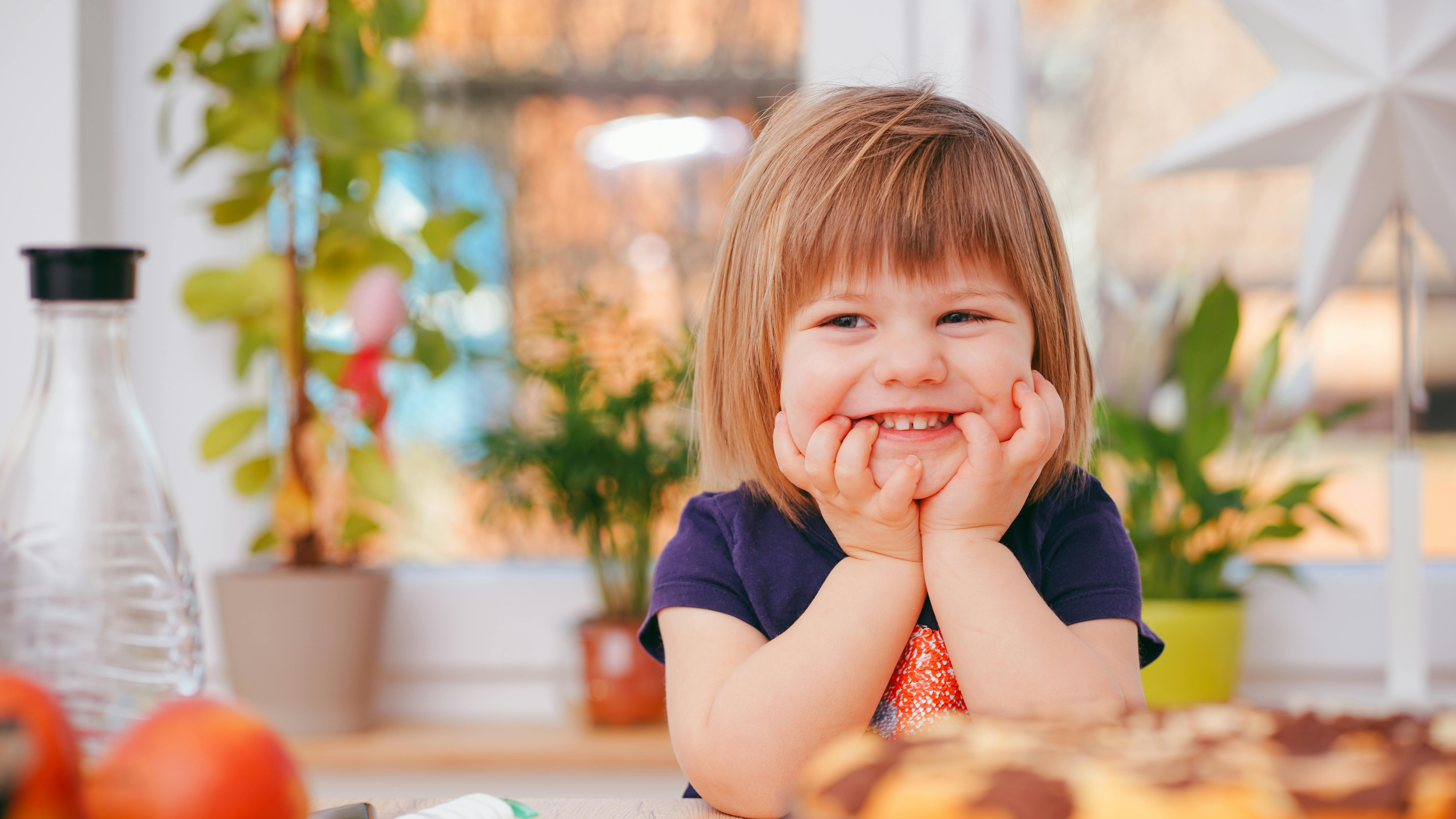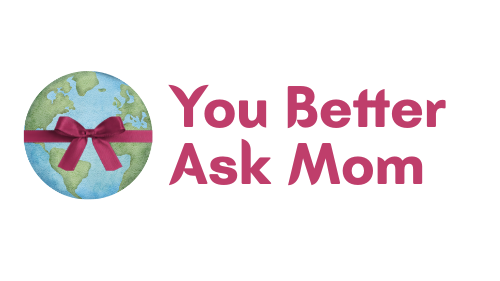
Create an Environment of Trust
Every child deserves to feel safe and valued in their surroundings. Establishing a home environment where children can express themselves openly is crucial to their emotional and developmental growth. This creates a trusting bond between parent and child. Simple changes like actively listening, validating their feelings, and encouraging them to share their thoughts can foster this sense of security. For instance, ask open-ended questions and genuinely engage with their responses — this shows children their opinions matter.
Flexibility in School Routines
Busy school schedules can push parents to enforce rigid routines. Yet, cultivating a flexible approach can help children feel more comfortable being themselves. Adjusting homework help times or incorporating their favorite activities into study breaks allows for a more welcoming learning environment. Routines should evolve as children grow; pushing them to adhere to outdated methods may stifle their expressiveness. Instead, explore various school lunch ideas together and involve them in planning so they feel ownership in their daily tasks.
Encouraging Self-Expression Through Activities
Providing diverse activities that resonate with a child's interests is essential for nurturing their unique identity. Whether it's through arts, sports, or reading, finding ways for children to freely express themselves will contribute to their self-esteem and confidence. Incorporating family reading nights, creative art projects, or even community events can cultivate a safe space for children to share their individualism and not fear judgment.
The Role of Open Dialogue in Child Development
Keeping the lines of communication open is fundamental to child development. Encourage children to share their feelings about both their victories and challenges. Acknowledge stressors such as school routines or peer dynamics, and discuss ways to navigate these issues together. Regular family meetings can be a platform where every child's voice is heard, reinforcing that their input is valued and essential in creating a nourishing family environment.
Practical Tips for Parents and Caregivers
Ultimately, it's all about creating moments where children feel they can connect with their families and themselves. Be aware of your responses and body language; exhibit patience and kindness. Recognize that everyone is different, meaning each child may need a personalized approach to feel safe. By prioritizing emotional wellness through routine adjustments, communication, and collaborative exploration of interests, parents can create that essential safe space for their children.
 Add Row
Add Row  Add
Add 




Write A Comment